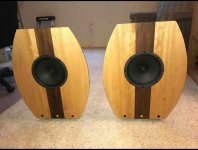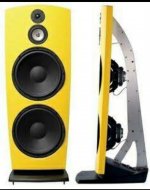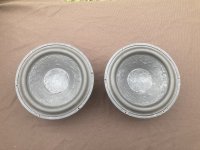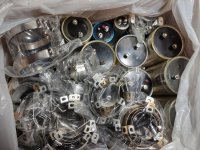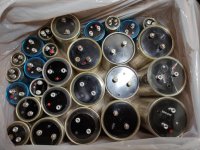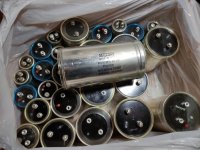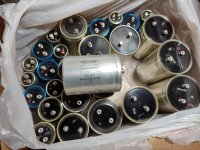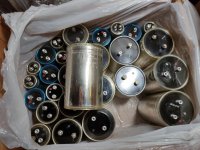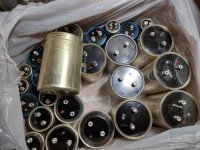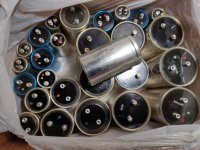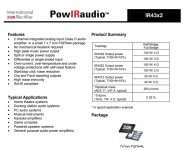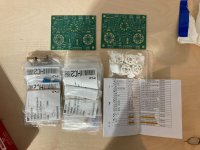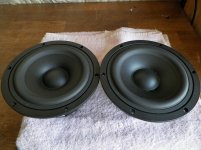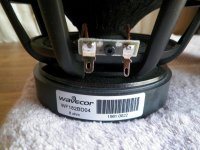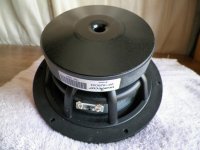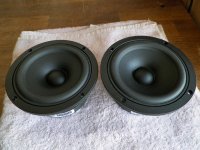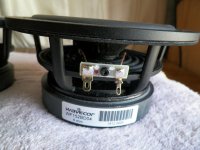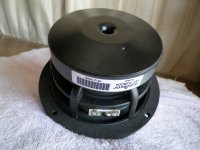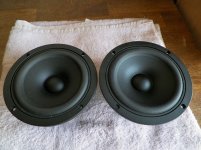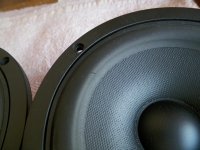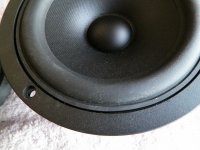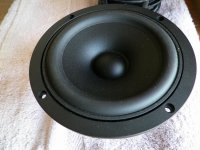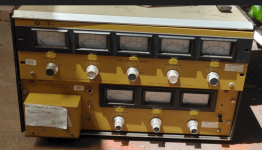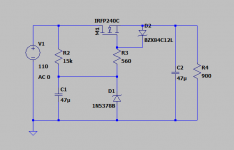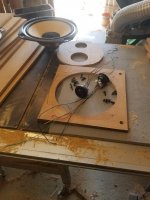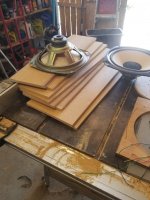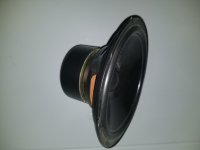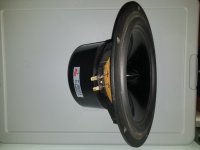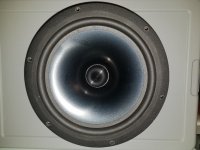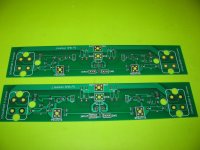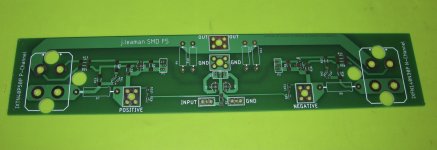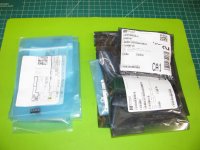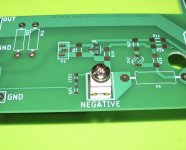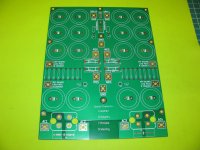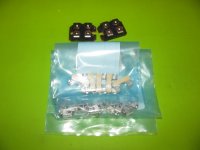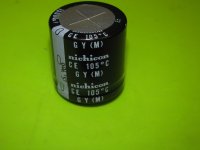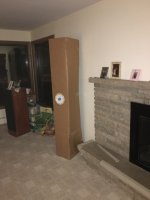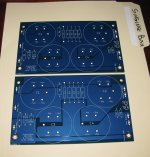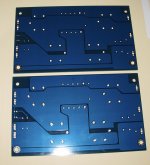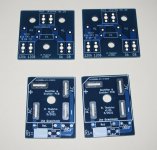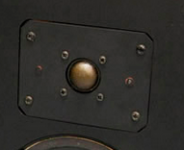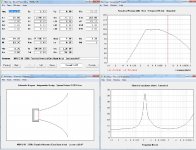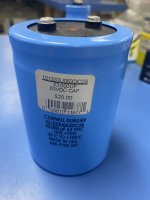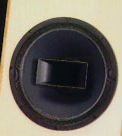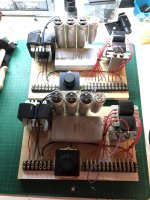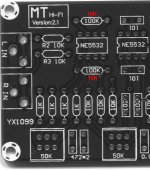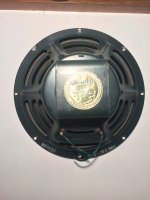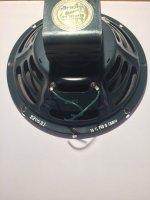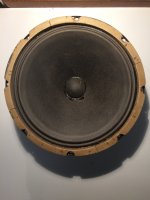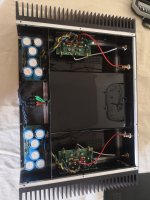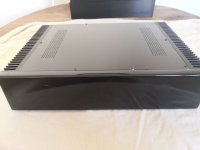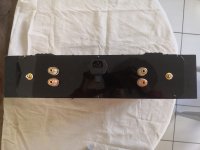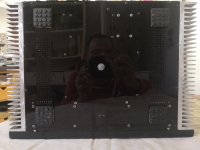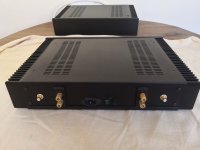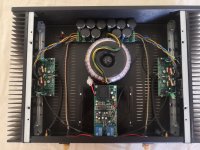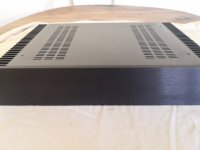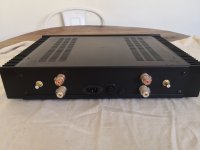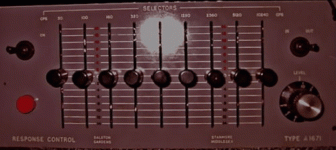How to design open baffles with smallest possible baffle size
- By audfrknaveen
- Multi-Way
- 45 Replies
Hi all,
Please see the attached images.
Some DIY open baffles have large (in terms of width) baffles, but some people are able to manage with smallest baffle width possible.
When i say small, i mean relative to the size of the driver.
How are they able to manage with smallest baffle size (in terms of width) ?? For example, for a 15" driver, how to manage with a baffle width of 17 to 18"
One of the important functions of the baffle is to separate the rear waves and front waves. In that sense, large baffle if preferred. But with small baffles, how is the front and rear waves separation possible ??
And then there is another concept of acoustic off center to reduce the peaks, which is obviously not possible with baffles with small width.
Please see the attached images.
Some DIY open baffles have large (in terms of width) baffles, but some people are able to manage with smallest baffle width possible.
When i say small, i mean relative to the size of the driver.
How are they able to manage with smallest baffle size (in terms of width) ?? For example, for a 15" driver, how to manage with a baffle width of 17 to 18"
One of the important functions of the baffle is to separate the rear waves and front waves. In that sense, large baffle if preferred. But with small baffles, how is the front and rear waves separation possible ??
And then there is another concept of acoustic off center to reduce the peaks, which is obviously not possible with baffles with small width.
